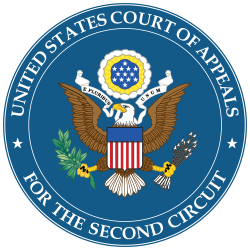This article includes a list of references, related reading, or external links, but its sources remain unclear because it lacks inline citations .(April 2016) |
| Leibovitz v. Paramount Pictures Corp. | |
|---|---|
 | |
| Court | United States Court of Appeals for the Second Circuit |
| Full case name | Annie Leibovitz v. Paramount Pictures Corp. |
| Argued | October 20, 1997 |
| Decided | February 19, 1998 |
| Citation | 137 F.3d 109 |
| Case history | |
| Prior history | Complaint dismissed, S.D.N.Y. Dec. 20, 1996 |
| Subsequent history | 137 F.3d 580 |
| Holding | |
| A parody of Annie Leibovitz' photograph was deemed to be fair use. Southern District of New York affirmed. | |
| Court membership | |
| Judges sitting | Circuit Judges Jon O. Newman, Guido Calabresi, Richard Dickson Cudahy (sitting by designation from the Seventh Circuit Court of Appeals) |
| Case opinions | |
| Majority | Newman, joined by Calabresi, Cudahy |
| Laws applied | |
| Copyright Act of 1976 | |
Leibovitz v. Paramount Pictures Corp., 137 F.3d 109 (2d Cir. 1998), is an influential Second Circuit fair use case.

